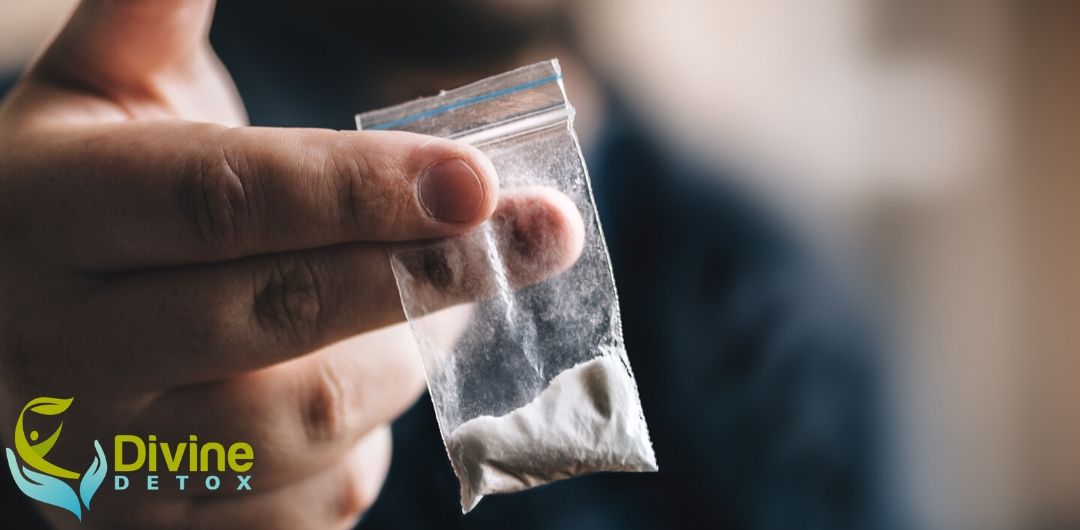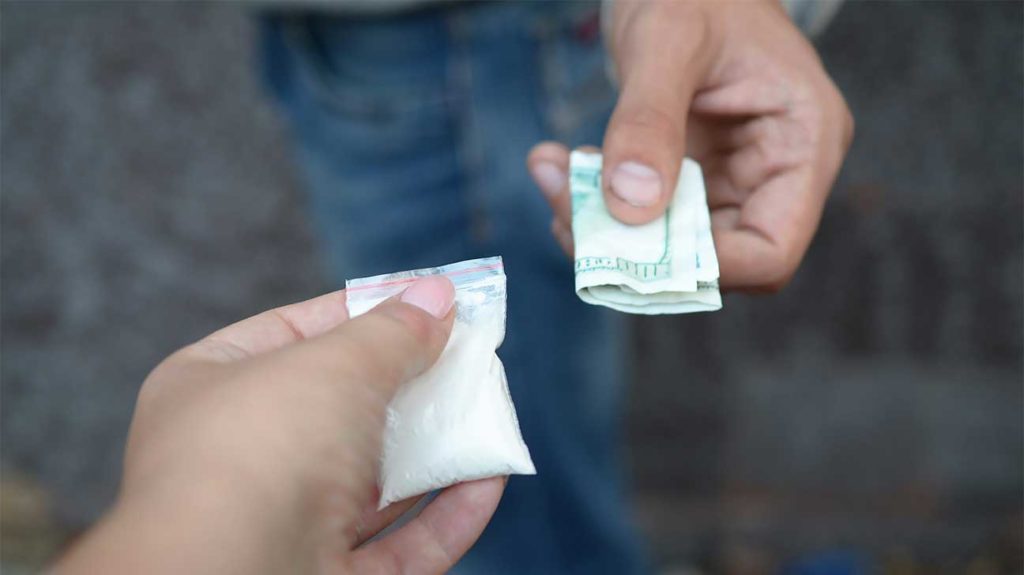
Louis Post-Dispatch story that the public found widely disturbing. This tweet captures several photos from a St. Heroin overdoses surpass homicides via /Gt87vuWlgg This photo by Spencer Platt shows a black male drug user unceremoniously splayed out on an East Harlem sidewalk.Ī mass killer: St. Photos stress dignity, help-seeking, coping skills, and self-reliance in the face of poverty and other challenges. At that point, users and addicts are often shown exercising remarkable will and winning the battle with the disease. The issue of responsibility is largely absent until the theme of recovery comes into play. Of course, the bonding and intimacy in these photos obscure the alienation and the emotional isolation that go hand in hand with addiction. Opioid stories consistently stress close-knit towns and support communities.This is a reunion picnic with residents, graduates, family members, and supporters.

This photo by Jahi Chikwendiu appeared in a Washington Post article highlighting a recovery house in Bowie, Maryland. Opioid stories, on the other hand, tend to focus on treatment and recovery. Dooney’s father, a former convict, ultimately separated him from the complex, and his mother.
Crack addiction pictures full#
The walls were full of holes kicked in by addicts, and white paint patches sporting grafitti were spread indiscriminately. According to the original article: The locks on the door had been replaced with balled-up socks. It chronicled the life of six-year-old Dooney Waters, who lived with his mother in a Prince George’s County crackhouse.
Crack addiction pictures series#
This photo, in contrast, comes from a two-part series in The Washington Post in 1989. This pattern is a dramatic contrast to the narrative of broken homes, addicted babies, mothers depicted as unfit, the engagement of state agencies, and children routinely placed into foster care that is so characteristic of drug stories focused on black families in cities. In the photo accompanying a Times story, notice the child safe in her bedroom, the letters on the wall spelling out her name, reinforcing identity and continuity. A sub-theme of opioid crisis coverage: Many stories showcase children who have been saved by loving grandparents.Ĭhildren of Heroin Crisis Find Refuge in Grandparents’ Arms Victims are often depicted in a sympathetic light, with an emphasis on family bonds and survivor grief. Emphasizing love and closeness, as well as nostalgia and irony, the photo exemplifies how the opioid imagery stays away from pain, despair, isolation, and, of course, relationship problems. The picture in the center show Courtney closely flanked by her sister and her mother. It’s a photo of Courtney Griffin, who died of a heroin overdose in 2014. This image in the tweet above appeared in The New York Times “gentler drug war” story mentioned above. Opioid stories typically stress the bonds and commitment of family, extended family, and community.Ī photo of Courtney Griffin, who died of a heroin overdose w/her sister Shannon, left, and her mother Pamela /U4Jc9ylnwF

The photos often are shot at a home, the spaces mostly tidy or pulled together. There is minimal engagement with courts, jail, or the police. We typically see daytime or well-lit indoor photos, as opposed to night action on seedy streets or dark alleys. What are the larger themes of photo coverage of the opioid crisis, centered on rural and suburban white America, and where do they contrast with coverage of drugs in cities? Photos are almost always shot in color rather than the starker black and white.

ICYMI: 11 images that show how the Trump administration is failing at photography
Crack addiction pictures free#
And the last photo is a doctor who offers free public classes in the use of Narcan, the drug that reverses opioid overdoses. The middle photo shows a mother, a recovering addict, showing off her newborn. The top right photo shows people running a project that helps place addicts in rehab. She lost her father to a heroin overdose. In the top left photo, the girl playing in the yard lives with her grandmother. This tweet depicts four of six Richards images that illustrated the story. On an #opioid epidemic fueled by cheap highs and small-town despair over limited prospects: #longreads /fP50D4TYSy Notice the difference in tone between the historical work and a opioid story in June in The New Yorker shot by Richards in one West Virginia county. The Instagram post above captures the visual tone and sensibility of that historical investigation. A post shared by Le Plac'Art Photo on at 12:20am PSTĪnother important photo story in the canon of addiction is Eugene Richards’s “ Cocaine True Cocaine Blue.” The project was shot primarily in New York and Philadelphia from 1988 to 1992 and published in 1994.


 0 kommentar(er)
0 kommentar(er)
